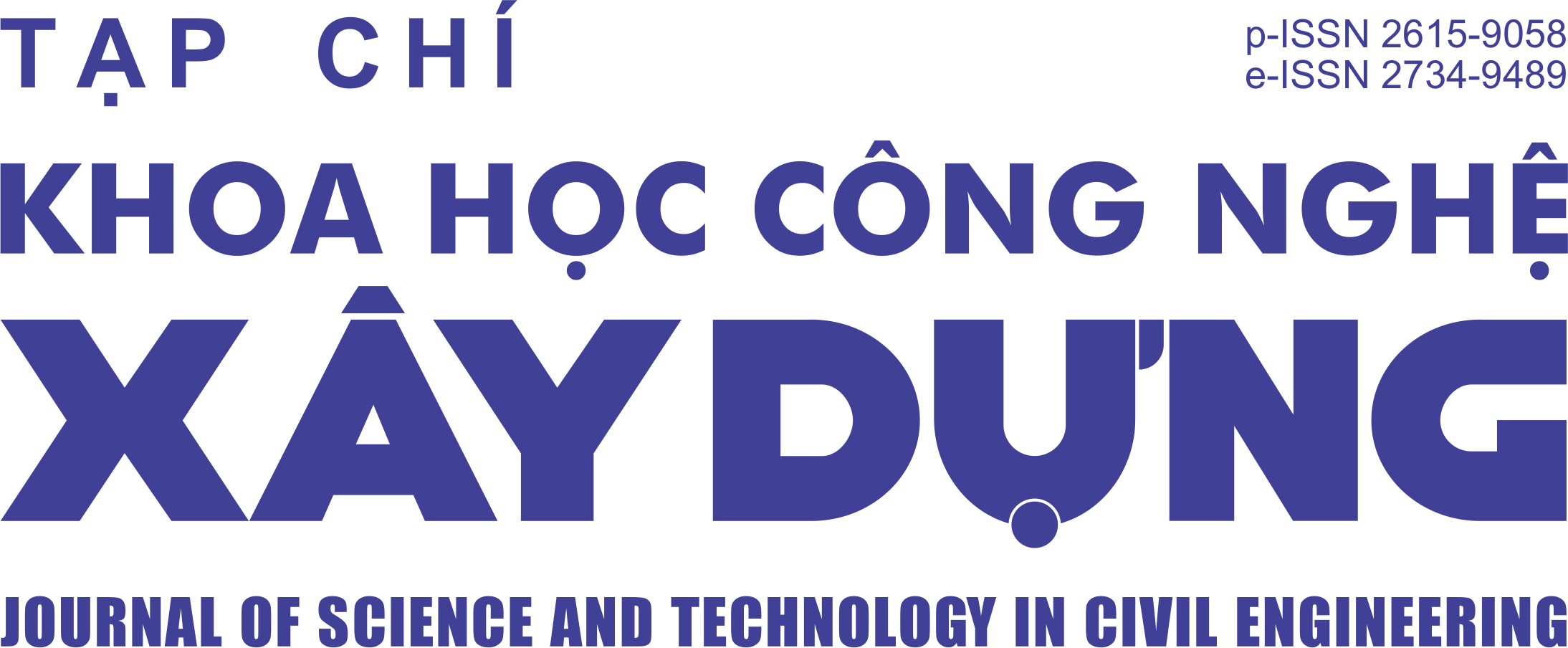Sustainabilization of Hanoi mobility approached from new residential areas: Will it be a city without motorbike?
Abstract
Due to the policy of the Doi moi in Vietnam started in 1986, Hanoi has undergone many important changes. Currently, Hanoi's traffic is characterized by seemingly continuous motorcycle flows - a representative of high personal mobility in the context of rising incomes. Congestion, dust, pollution, insecurity, overload, etc., they are important keywords to describe Hanoi's urban traffic. Hanoi has put in place a number of policies to improve the transportation system. In 2017, in Hanoi's new mobility improvement project, there is a regulation on motorcycles: “The municipality will zone by limiting the activities of motorcycles according to the infrastructure and the service capacity of the public transportation system to stop motorcycle activities in the central districts in 2030” that becomes controversial. This article, based on the results of surveys assessing the level of satisfaction and desires of people about traffic at the KDTMs of Hanoi, analyzes the differences between the wishes of the municipality and the practices of Hanoi, through habits, modes of mobility of KDTM residents - the new residential areas of Hanoi that bring a different atmosphere of habitat compared to existing neighborhoods, by changing the mode of (re)making of the city. How will the traffic of KDTM residents be affected by this decision as well as how KDTMs will participate in the sustainable transportation of Hanoi?. It is the KDTMs with their “novelties” that will have to become pioneers creating opportunities of the changing of Hanoi traffic.
Keywords: Hanoi; sustainable mobility; efficient transportation; motorcycle; KDTM (new residential area).
Received 08 December 2018, Revised 30 January 2019, Accepted 30 January 2019
Downloads
Copyright (c) 2019 National University of Civil Engineering

This work is licensed under a Creative Commons Attribution-NonCommercial-NoDerivatives 4.0 International License.
1. The Author assigns all copyright in and to the article (the Work) to the Journal of Science and Technology in Civil Engineering (JSTCE) – Hanoi University of Civil Engineering (HUCE), including the right to publish, republish, transmit, sell and distribute the Work in whole or in part in electronic and print editions of the Journal, in all media of expression now known or later developed.
2. By this assignment of copyright to the JSTCE, reproduction, posting, transmission, distribution or other use of the Work in whole or in part in any medium by the Author requires a full citation to the Journal, suitable in form and content as follows: title of article, authors’ names, journal title, volume, issue, year, copyright owner as specified in the Journal, DOI number. Links to the final article published on the website of the Journal are encouraged.
3. The Author and the company/employer agree that any and all copies of the final published version of the Work or any part thereof distributed or posted by them in print or electronic format as permitted herein will include the notice of copyright as stipulated in the Journal and a full citation to the Journal as published on the website.







